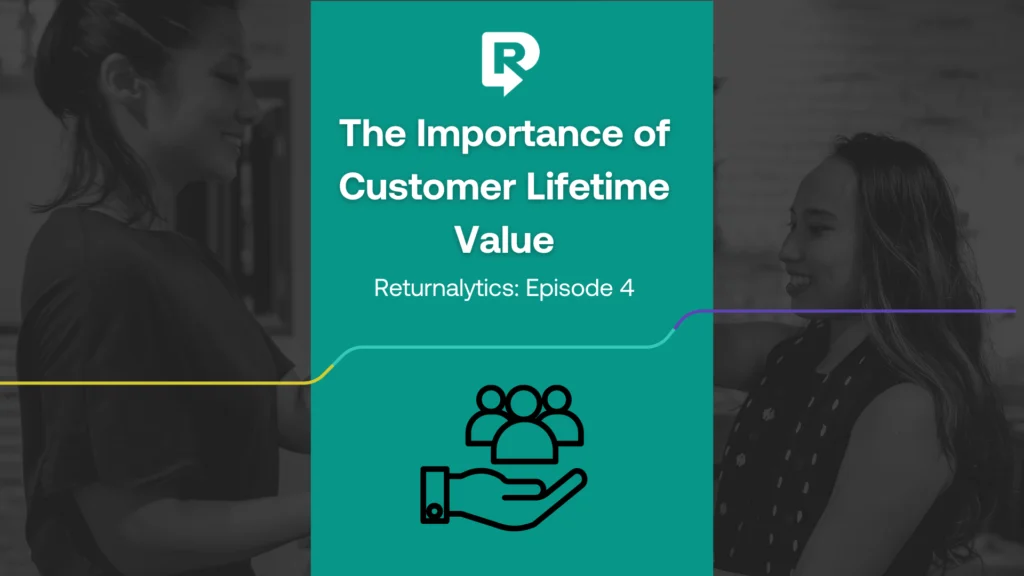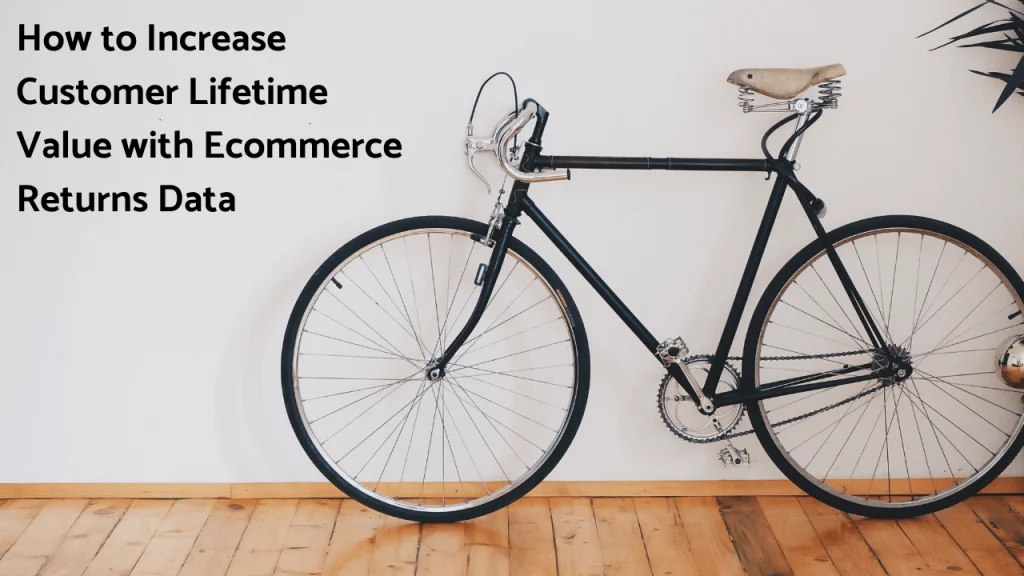Returnalytics: Impact of Returns on Customer Lifetime Value

About the Episode
customer lifetime value (CLV).
About the Speakers
Travis Farey
Travis is a Product Marketing Specialist at ReturnLogic. Travis graduated from Shippensburg University with a Bachelor of Science in Supply Chain Management & Marketing. Travis has been working for ReturnLogic for over 2 years and started out as a Customer Support Specialist before working his way into Product Marketing.
David Gonzalez
David is a Senior Growth Manager at ReturnLogic, previously working as a Product Marketing Manager. David has prior startup experience formerly working at Drip and WhenIWork. He works closely with the Product, Sales, and Marketing teams at ReturnLogic to act as the voice of the customer and how to understand the ecommerce market.
References
Episode Transcription
"Profit associated with a particular customer relationship, which would guide how much you're willing to invest to maintain that relationship."
Shopify Definition of Customer Lifetime Value Tweet
the lost sales revenue + the refunded purchase loss + the shipping loss per return + loss of product value + the labor cost per return for your warehouse and customer support team.
Total Cost of a Return Tweet

- What can retailers do to lessen the blow and keep the shopper buying more even if their expectations weren’t met?
- Where should retailers focus to save that relationship with the customer?
- And how can they promote future purchases even after a shopper is left with an item that didn’t meet their expectations?




